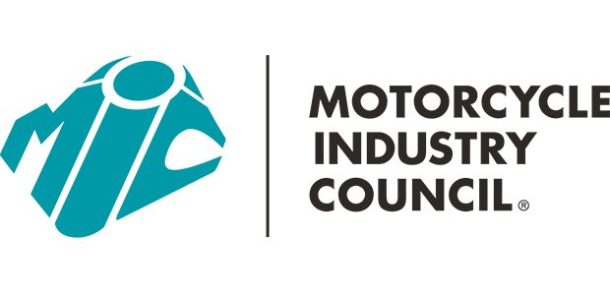Mar. 10, 2008: Bringing profitability to the PG&A department
These articles recap some of the opportunities uncovered by Gart Sutton & Associates’ powersports specialists during consulting visits.
These are followed by recommended actions that address the issues. Our goal is to provide ideas to help improve your dealership.
Dealership details
Two years ago, the owners bought out an older, well-established dealership in a small, rural area. It has recently been moved from a small, 3,000-square-foot facility located in the downtown area to a 14,000-square-foot former supermarket building on the edge of town. The newly remodeled facility is partially visible from a main highway, but there is no direct access. The absentee owners originally left the daily operation of the business in the hands of the existing dealership staff.
The goal for this engagement was to identify and establish the processes necessary for the profitable operation of each department and the overall dealership. The first three articles in this series described our findings and solutions for the overall dealership, the sales department and the F&I department. This article reports on the dealership’s PG&A department.
The department
The parts manager was brought in 10 days ago. The owners know him from prior business connections. He possesses great team-building skills, is willing and eager to learn, and appears to possess the aptitude for this position. He has no background in this business, other than as a user of the products.
There is no point-of-sale or data management system in place at this dealership. There is no physical record of the existing inventory. There is no tracking of profitability. There is no open-to-buy or other purchasing budgeting. No bin locations have been established.
It is essential to establish the current inventory of all parts, clothing and accessories in order to begin to track and measure the essential benchmarks and profitability of the department. A spreadsheet was developed for them to complete their inventory counts and maintain the accuracy until the data management software has been purchased and installed.
Tracking lost sales will help them stock the correct products. Lost sales include anything that they had a request for that was not in inventory. This should include special orders that have not been added to stock.
It is essential to minimize access to the parts inventory in order to maintain inventory accuracy and reduce shrinkage. Service personnel must not be pulling their own parts. A parts-to-service person was identified. Proper departmental billing will increase the profitability of the service department as well.
The creation of geographical and categorical bins was explained. Geographical bins are used for hard parts or accessories in storage areas. Categorical bins are used for clothing or accessories that do not maintain a consistent location in the dealership.
This will be accomplished during the physical inventory. Bins should be sized to be counted in an hour. Once the bins have been created, cycle-counting of one bin per day will be established. This will improve inventory accuracy and reduce shrinkage.
Recommended Actions
In The Future
After data management and point-of-sale systems are installed:
Author, speaker and educator, Gart Sutton has been retained by every major powersport manufacturer/distributor. He is a frequent keynote speaker for national motorcycle conventions and state motorcycle dealer association events. Visit www.gartsutton.com.




